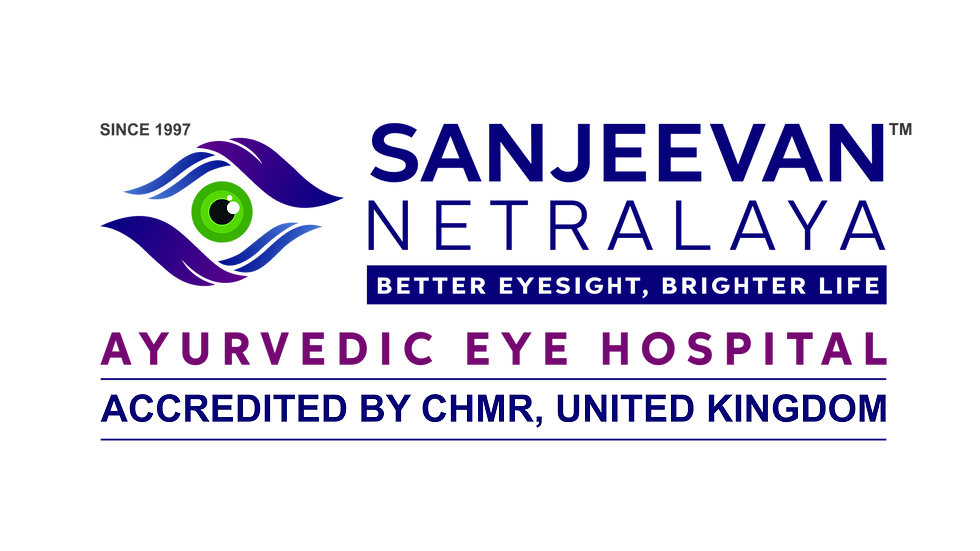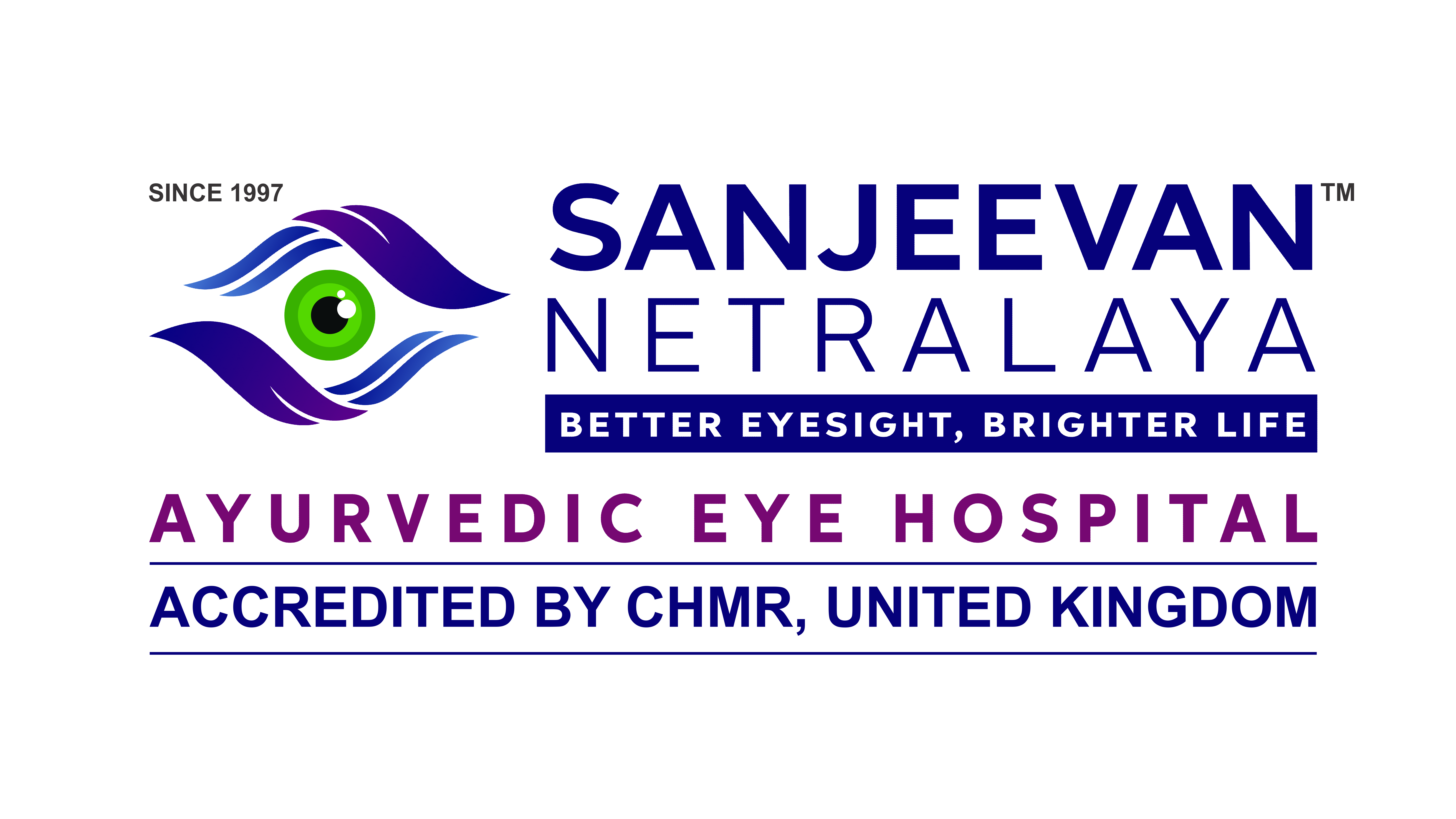- Hiren Suryawanshi
- Aug 20, 2024
- 1 min read
Updated: Sep 26, 2024

Rod dystrophy refers to a group of related ocular disorders characterised by progressive vision loss over time. These conditions impact the retina, the light-sensitive tissue layer located at the back of the eye. In individuals affected by rod dystrophy, vision impairment occurs due to the gradual degeneration of the retina's photoreceptor cells.
The initial signs and symptoms typically manifest during childhood and include reduced visual acuity and heightened sensitivity to light (photophobia). These are often followed by compromised peripheral vision. As the disease advances, patients may experience night blindness and further deterioration of peripheral vision, which can impede independent mobility. The continual decline in visual acuity makes reading increasingly challenging, with most individuals becoming legally blind by mid-adulthood. Progression of the condition may also lead to involuntary eye movements (nystagmus).
Causes:
Rod dystrophy is attributed to mutations in more than 30 different genes. Approximately 20 of these genes are associated with the autosomal recessive form of the disorder, with mutations in the ABCA4 gene accounting for 30 to 60 percent of these cases. The autosomal dominant form is linked to mutations in at least 10 genes, notably the GUCY2D and CRX genes, which are responsible for about half of these instances. Additionally, rare cases of rod dystrophy follow an X-linked inheritance pattern, caused by mutations in at least two specific genes.
Symptoms:
● Loss of peripheral vision
● Blurred vision
● Tunnel vision
● Night blindness
At Sanjeevan Netralaya Ayurvedic Eye Hospital, ROD DYSTROPHY is treated with great success.

